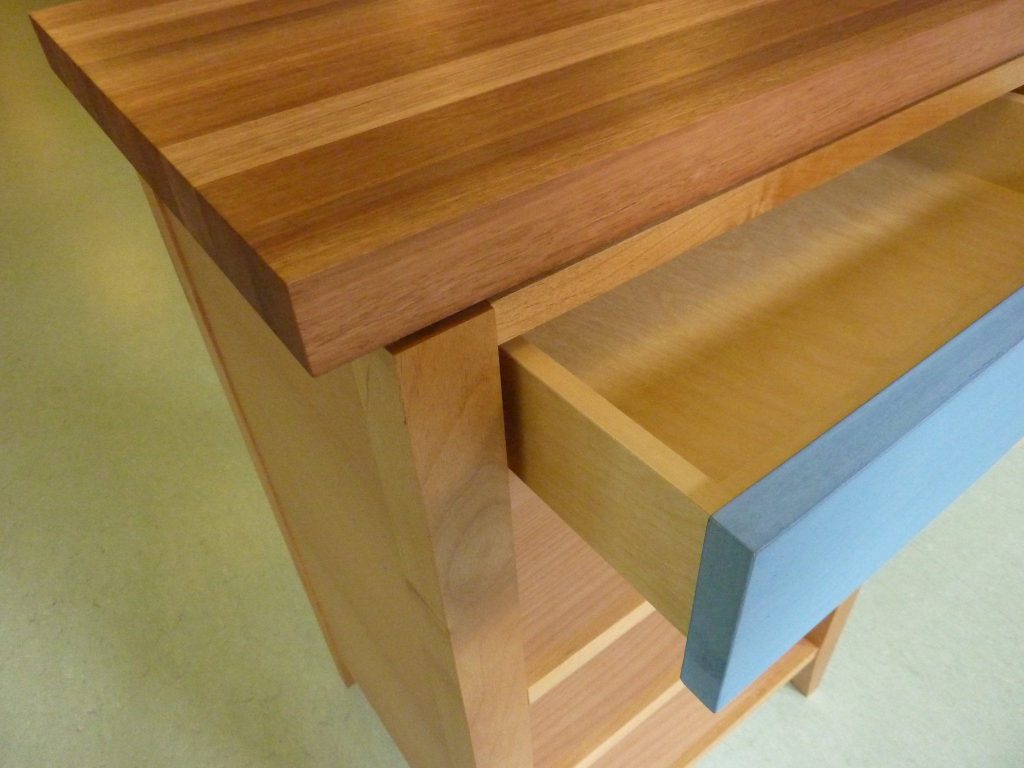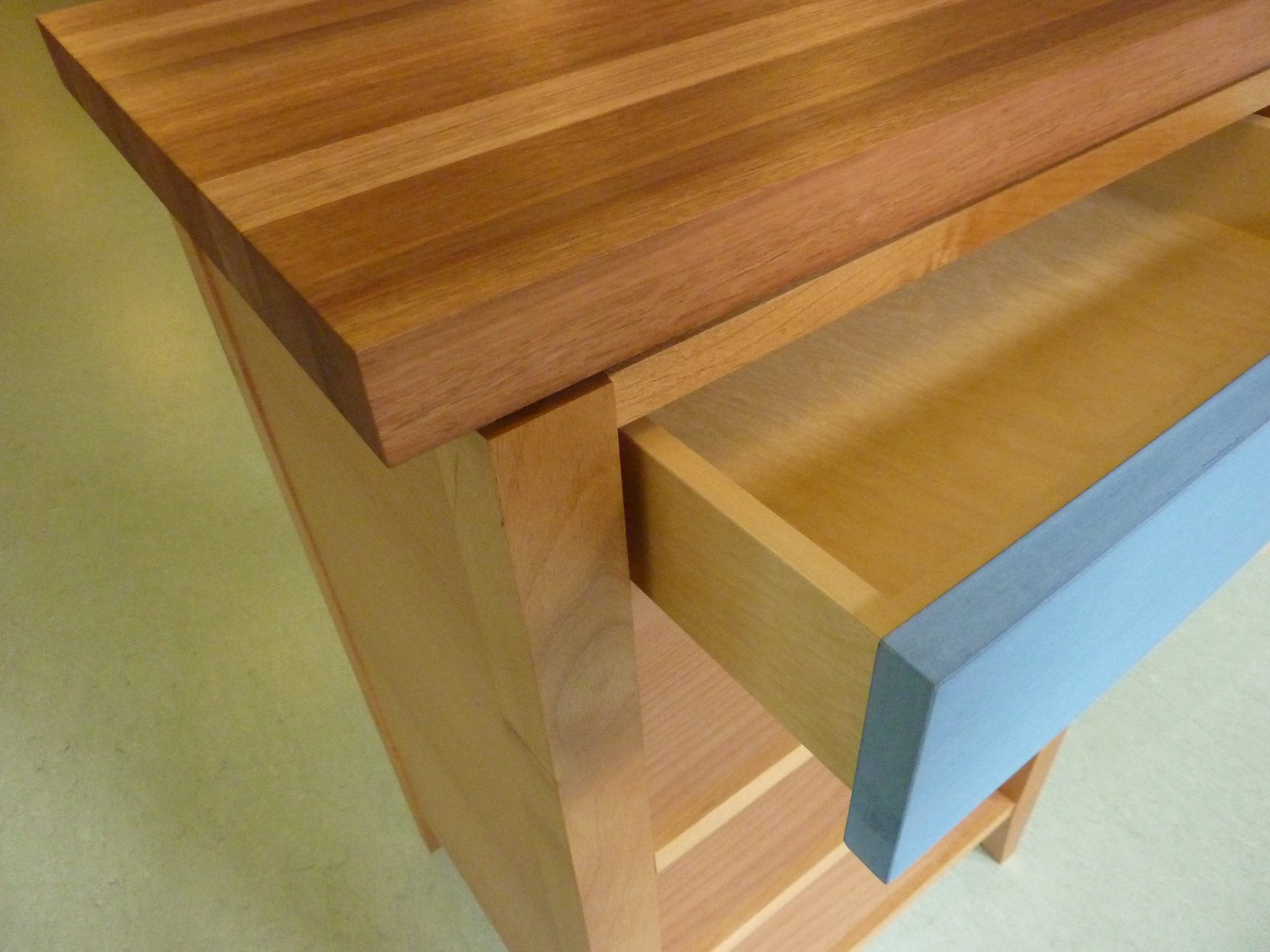Different woods are constantly moving towards the forefront as others become less common. Over-harvesting of certain woods drives the price up, as the trees near extinction. At the same time, other woods, which have been largely ignored, gain in popularity. Such is the case of alder wood, a hardwood from the northwestern coastal area of the United States.
The alder tree’s trunk tends to grow straight and tall, without dividing, allowing for a lot of good logs to be sawn into boards. The tree can grow 100 to 130 feet tall, with a trunk diameter of 2 to 3 feet. It provides a considerable amount of fine, straight-grained wood, with a uniform texture, in a tan to reddish-brown color. Alder wood is sold in two different grades, straight and “knotty.” As the name implies, knotty alder is similar to pine, having knothole in it like number 1 or number 2 common pine. This works out very well for applications where a more rustic appearance is desired.
Although alder is a hardwood, it is one of the softer hardwoods out there, with Janka hardness rating of 590 lbf. This puts it just a bit higher than white pine, but actually lower than some species of pine. This makes the wood easy to machine and extremely easy to sand. However, sharp tools are required to help avoid tear-out. As with other softer woods, alder is unforgiving to dull tools, making it quite possible to ruin a project piece when crosscutting it to length. The fine, even grain of alder has made it an exceptionally good wood for turning, especially spindle turning.
Alder is finding a home in a wide range of applications, including interior hardwood doors, cabinetry, millwork pallets and electric guitar bodies. The wood is veneered and used for making plywood and chipped for making other plywood products. Alder hardwood plywood is available in 4’ x 8’ sheets, in common thicknesses from 1/8” through 3/4”. Thicknesses 1/4” and below are MDF core, while the thicker sheets are “pro-core.” For those who are unfamiliar with pro-core, it is a softwood veneer core, with thin particle board layers immediately below the face and back veneers. Adding the particle board layers provides an excellent surface for laminating the veneers, providing a very smooth surface, even with thin face veneer.
As with any hardwood plywood, care must be taken when crosscutting the face veneer, in order to avoid splintering. Veneer thicknesses on modern hardwood plywood are extremely thin, making it considerably easier for them to splinter, which can destroy the visual appeal of the piece. Cutting through the veneer before cutting or sandwiching the plywood to cut it will go a long way towards reducing splintering, as well as cutting through from the reverse side.

Although a hardwood, alder doesn’t have any natural resistance to moisture or insect damage. Compared to other hardwoods, such as oak, maple and even cherry, it is not as durable. When used in outdoor applications or in areas with high humidity, the wood should be finished to protect it from damage. In addition to insect and water damage, this wood is also more susceptible to denting and scratching. However, being relatively soft, it is easy to sand out such damage and refinish the piece.
Due to the grain of the wood, alder can be readily stained to resemble any of the common domestic hardwoods, providing a means of building such projects at a more reasonable cost. The even grain provides a very consistent stained appearance. Clear alder is even lower cost than buying select grain pine, making it an excellent choice as a replacement for pine in applications where a low-cost, clear-grained wood is needed.
Alder is also available for purchase as hardwood boards, as well as in pre-cut blanks for electric guitar bodies. knotty alder is relatively inexpensive, running roughly one-and-a-half times the cost of pine. Clear alder is more expensive, but still reasonable, with pricing being slightly less than the best prices for oak, maple and walnut. Plywood is roughly the same price as other domestic hardwood plywood varieties.




